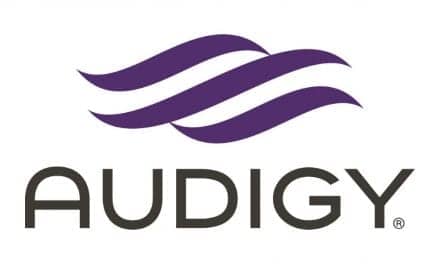Older adults may have trouble understanding speech because of age-related changes in brain tissue, according to new research in the May 13 issue of The Journal of Neuroscience. The study shows that older adults with the most difficulty understanding spoken words had less brain tissue in a region important for speech recognition, which may help explain why hearing aids do not benefit all people with age-related hearing difficulties, according to the publication.
Although some hearing loss can be a normal part of aging, many older adults complain about difficulty understanding speech, especially in challenging listening conditions like crowded restaurants, and research has suggested that this decline in speech recognition is independent of hearing loss, according to the publication.
To identify what causes the decline in speech recognition, the researchers, led by Kelly Harris, PhD, at the Medical University of South Carolina, scanned the brains of 18 younger adults (19 to 39 years old) and 18 older adults (61 to 79 years old) as they tried to identify words in listening conditions that varied in difficulty. During a challenging listening condition, the older adults repeated fewer words correctly than did the younger adults, consistent with previous studies.
Harris and her colleagues found that structural differences in the brain’s auditory cortex predicted performance on the task, even when they controlled for hearing loss. The older adults who had the most difficulty recognizing words also had the least brain volume in a region of auditory cortex called Heschl’s gyrus/superior temporal gyrus. However, the relationship between the ability to identify words and the volume of auditory cortex was also present in younger adults.
The Journal of Neuroscience is published by the Society for Neuroscience, comprised of more than 38,000 basic scientists and clinicians who study the brain and nervous system.
The research was supported by the National Institute on Deafness and Other Communication Disorders of the National Institutes of Health and the American Federation for Aging Research.
[Source: An article posted on the Society for Neuroscience Web site]




